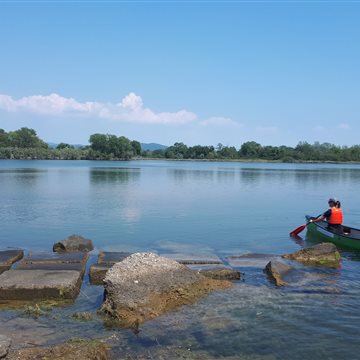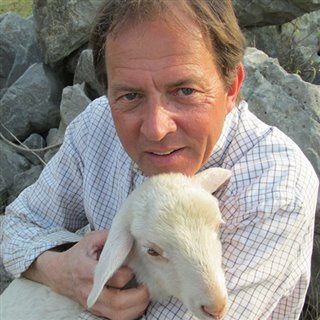 Sergio Cuffolo
Sergio Cuffolo
L”Oro Rosso” in Attimis
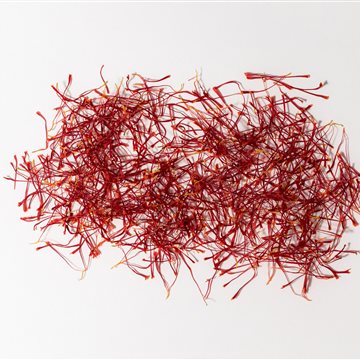


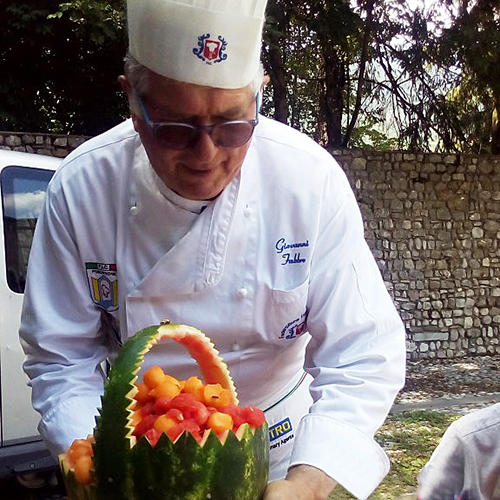
Highlighting ancient know-how to promote the territory and help it keep its roots: this is the goal of the Ecomuseo Lis Aganis, which combines craftsmanship with food. Food produced in a certain way and presented, described, diffused, becomes part of the identity and heritage of values.
In the courtyard of Palazzo Attimis in Maniago, two starred chefs from Friuli, Ubaldo and Gianni Fabbro of the Federazione Associazione Cuochi, presented: Gnocchi al formai dal cit. This is a malformed cheese, where the forms are not well blended, covered with milk, cream and natural aromas. The dense cream is covered, stored and aged for 6-7 months in stone containers. The cit is the stone pot, but also the container for carrying milk. The flavour is strong and slightly spicy. With the soft small gnocchi, this firm taste proved a special encounter.
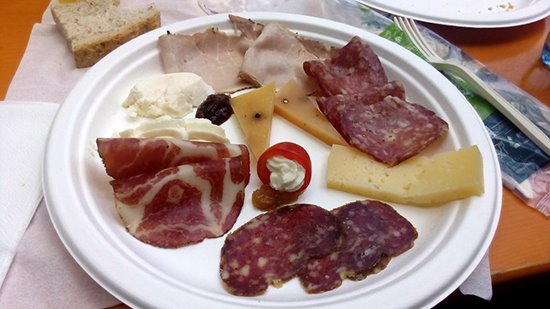
The selection of salami and cheeses was a mosaic of excellent local products. I knew the Ricotta made by the Latteria Sociale di Marsure and the seasoned cheese with pepper. I recognised the Pitina, with its intense red colour, which is a Slow Food highlight. I did not know the salami of Barbe Nane, the ancestor of the Hungarian sort, presented by the producer himself, and the Filon, a steamed ham.
The red onion compote of Cavasso, also a Slow Food highlight, was described by the producer of Cavasso who pointed out its properties and suggested possible matches. It is a product derived from a type of onion that makes a good presentation at table: it doesn’t make you weep, it can be used raw and cooked, and is processed into a compote for matching with cheese or, if desired, also with meat. Thanks to the careful manual weeding, the result is natural and organic, and the green part can also be safely used to flavour formai de maseris cheese.

The bread was in giant loaves, with fragrant slices on the table. As to drinking, we could choose between a local native white wine and a craft beer that also comes from Cavasso Nuovo: a clear lager with about 5 degrees of alcohol, it has won prizes in northern Europe. It takes its name, in a four-letter diminutive, from the producer. Among stories of salami and weddings, documents and missed patents, Ubaldo arrives at the table with a carved watermelon, filled with fresh melon and watermelon pulp, cut out with a scoop (perhaps made in Maniago?): In the kitchen as in the craftsman’s workshop, one does not count time, patience and how many shrimps or potatoes the aspirant chef had to clean to gain dexterity and know-how.

 Sergio Cuffolo
Sergio Cuffolo

 Miriam Ferrarin
Miriam Ferrarin
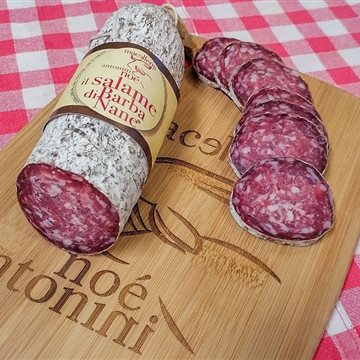
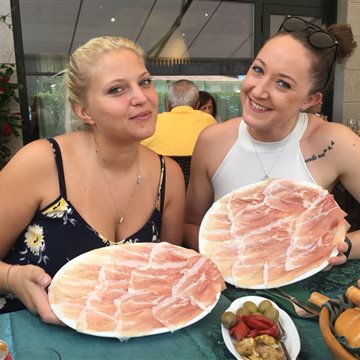
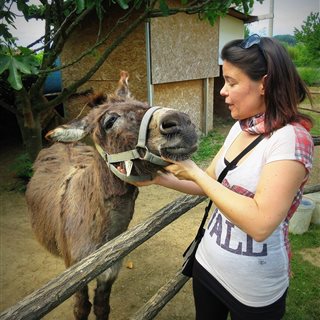 Sabrina Pellizon
Sabrina Pellizon
